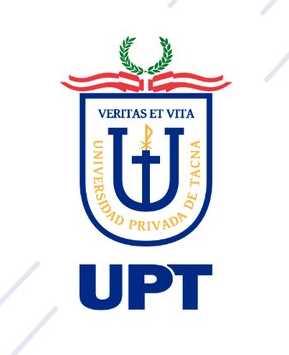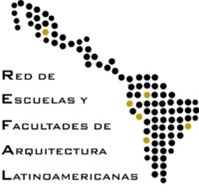The hillside community and the quality of urban life: a methodological approach to establish the perception of the interior and exterior habitability conditions of its inhabitants Case study Villa del Carmen (Lima, Peru)
DOI:
https://doi.org/10.47796/ra.2023i24.852Keywords:
Adaptability, Habitability, Quality of urban life, Hillside communitiesAbstract
In Peru, since the 90s of the last century, the neoliberal policy was instituted which, according to data from the 2017 national census, has caused 70% of the population of the city of Lima to live in informal human settlements with very inadequate habitable conditions, especially on the slopes.
As part of a doctoral study on the relationship between the quality of urban life of the population and the habitability (interior and exterior) in hillside communities in North Lima, the need to generate a methodology to establish the perception of conditions has been determined. of habitability by its inhabitants.
According to what is proposed in the New National Housing Plan and based on Law No. 31313 (post-COVID pandemic), which establishes two dimensions in terms of habitability —since it talks about housing and the neighborhood—, The study proposes six categories to establish habitability conditions.Finally, a questionnaire of 30 items is prepared that establishes the population's perception of these six categories that will serve to establish the bases that allow the development of an adaptability model in order to improve their own habitability.
Downloads
Downloads
Published
How to Cite
Issue
Section
License
Copyright (c) 2023 Paulo Simón Osorio Hermoza

This work is licensed under a Creative Commons Attribution 4.0 International License.









